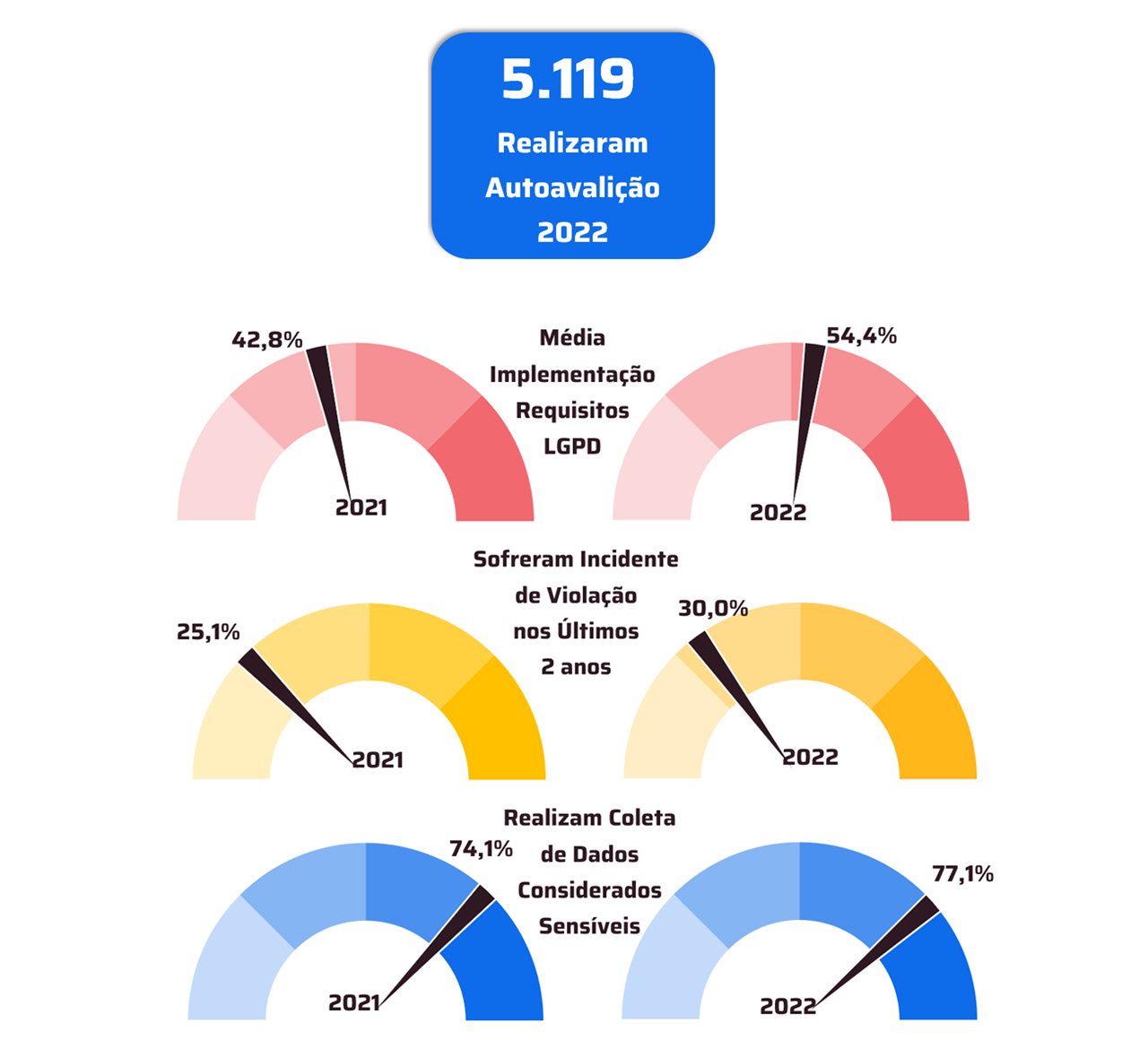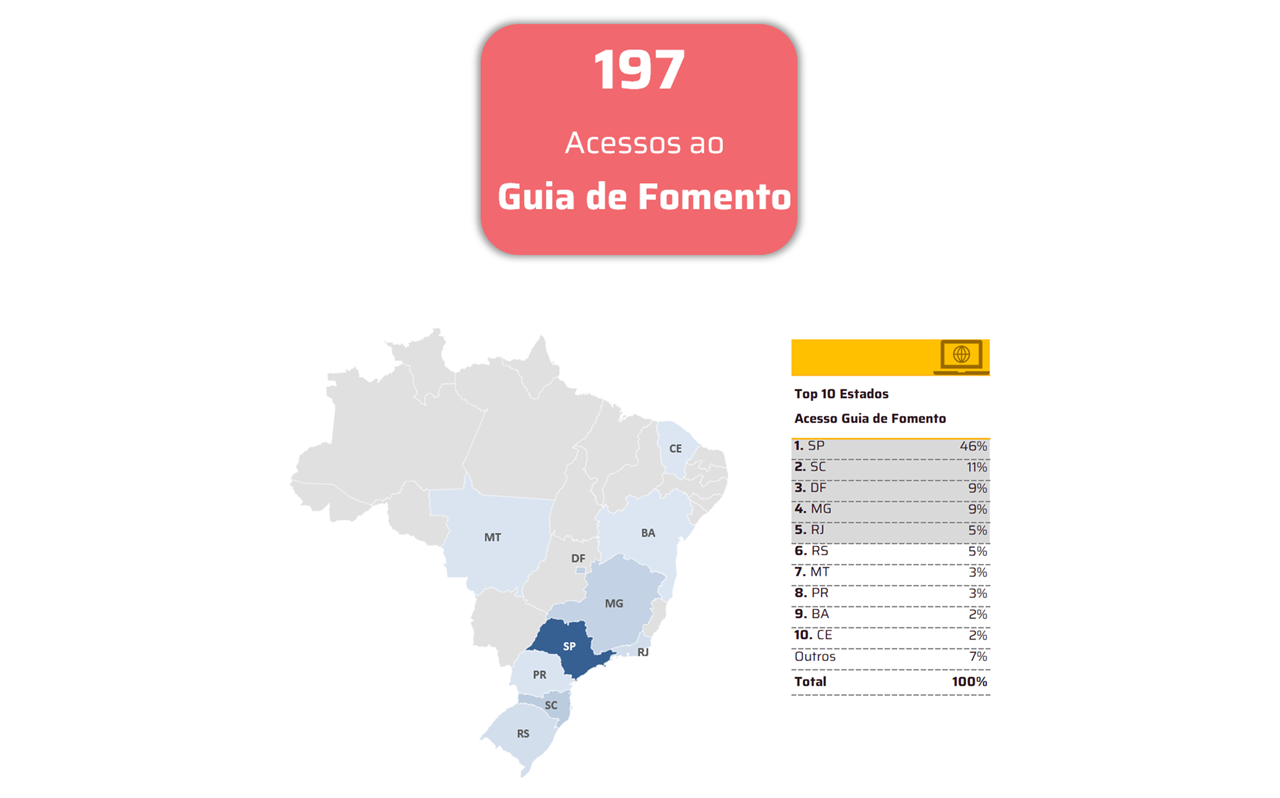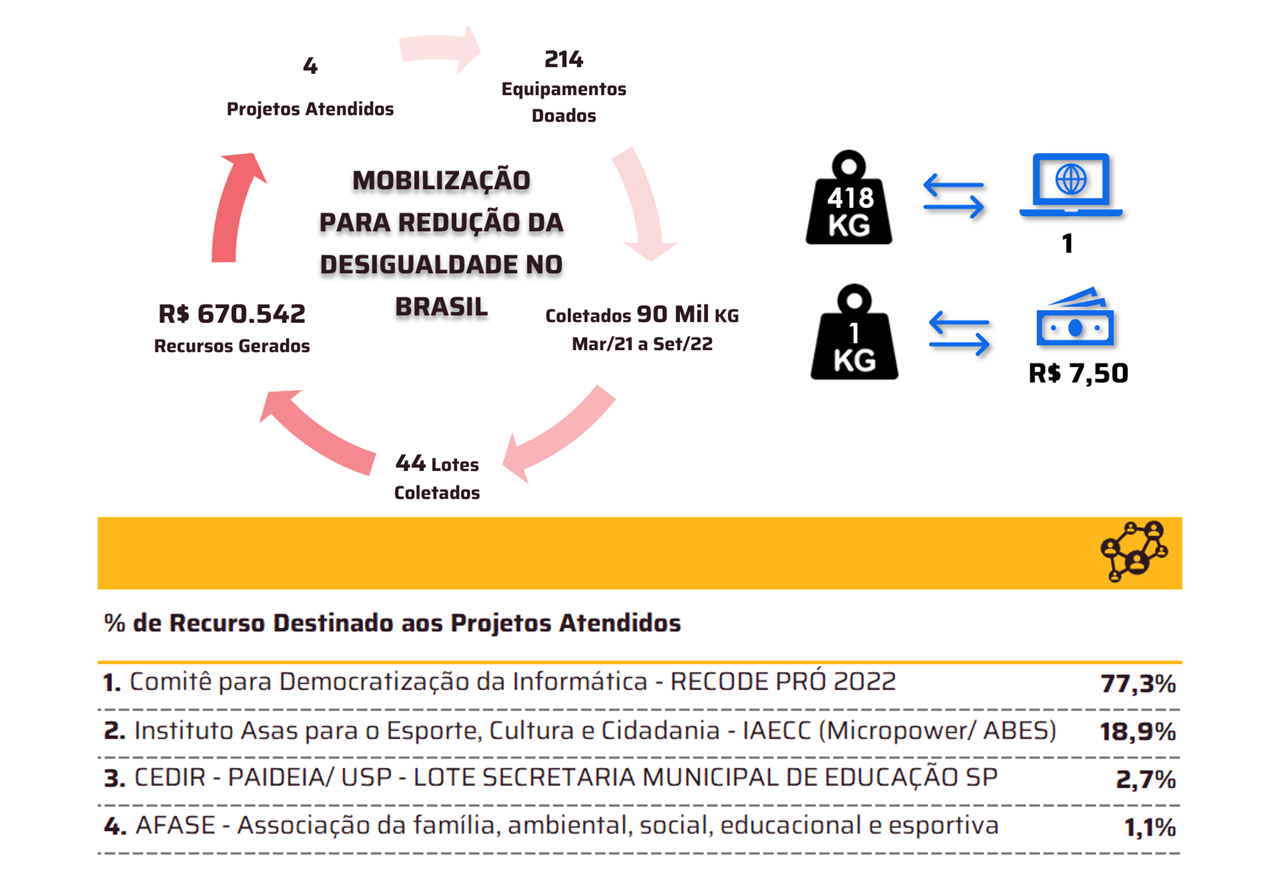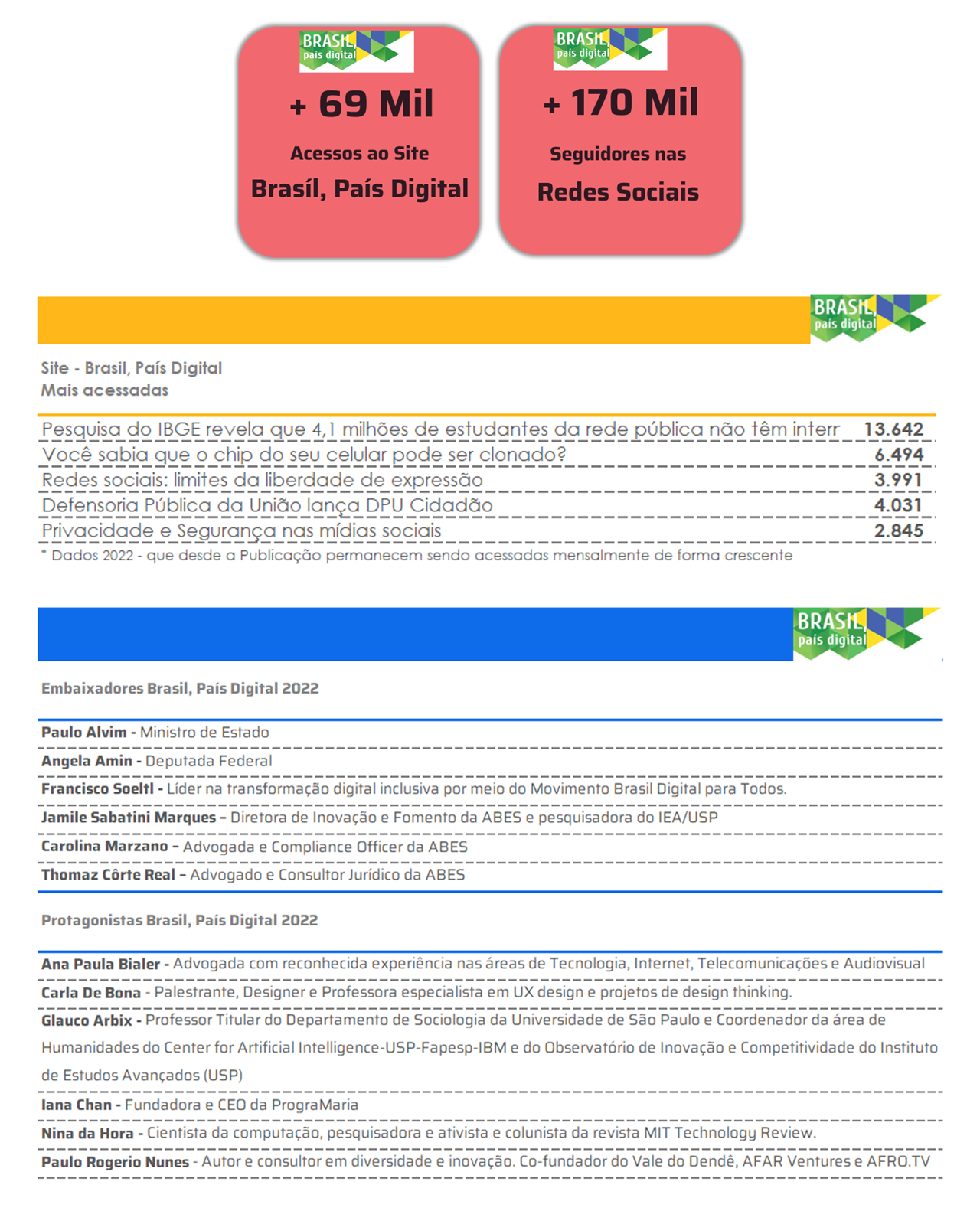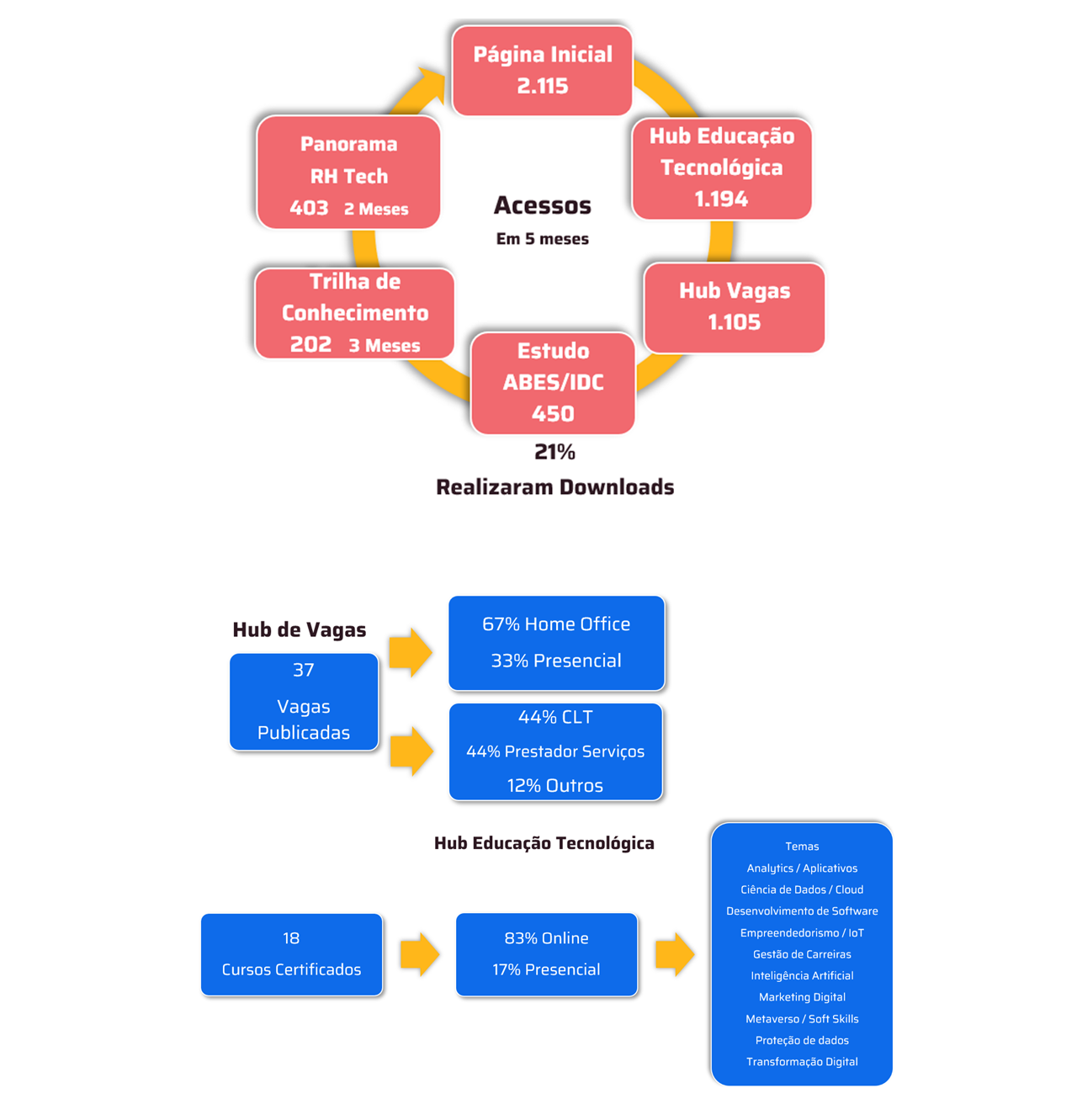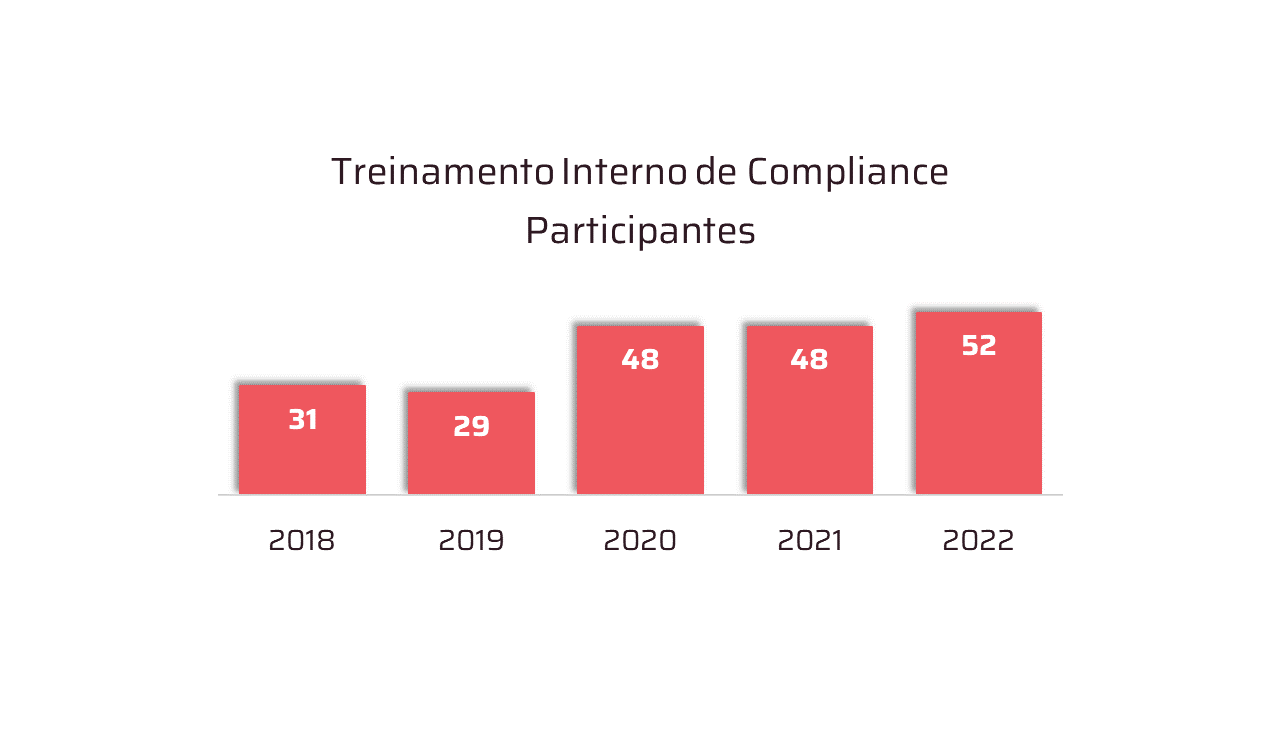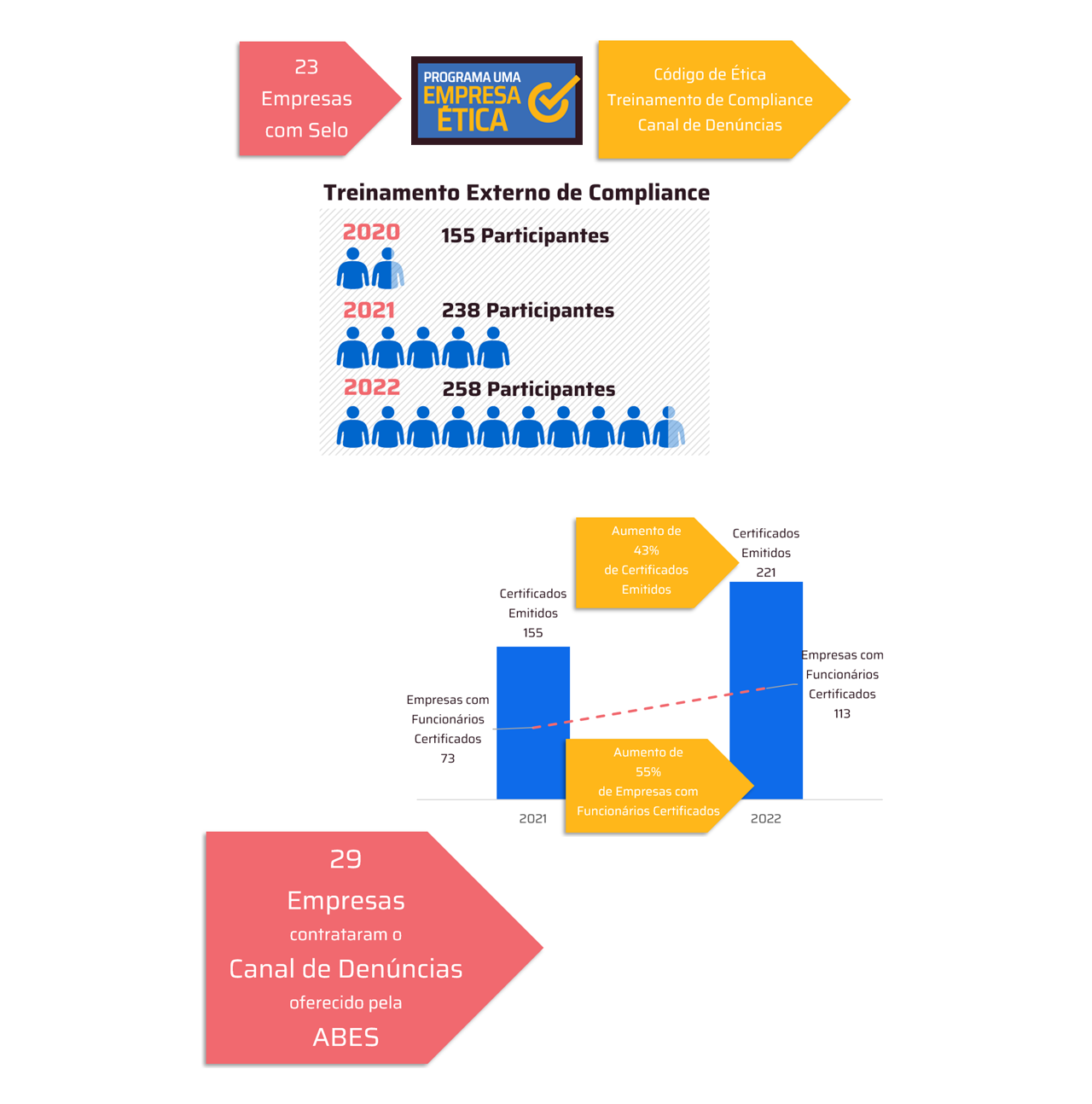 * By Beatriz Ferrareto
* By Beatriz Ferrareto
We live in a society increasingly shaped by technology. Just 10 years ago, artificial intelligence wasn't part of our daily lives (at least not as visibly as it is today), but today it's within everyone's reach, influencing how we work, consume, and interact.
According to a recent Kantar study, artificial intelligence assistants are already part of the digital lives of millions of consumers worldwide. The use of AI has become a daily practice for 76% of those surveyed, who use these tools weekly or daily. However, this behavior varies according to cultural and generational contexts, which presents both challenges and opportunities for companies seeking to create truly relevant solutions.
Another point highlighted in the study is the generation gap, which is no longer limited to musical tastes or clothing, but also to the use of AI. Among young people, 83% from Generation Z and 81% from Millennials see technology as a great partner. They use these tools to support decisions, generate ideas, plan trips, organize finances, and optimize their time. Among Boomers, only 51% use AI regularly, prioritizing security and data protection. This shows that the same resource can be perceived as freedom for some and risk for others.
For those of us who, like me, were born into an already highly connected world, the arrival of artificial intelligence seems like a natural step forward for technology. We've grown accustomed to constantly experiencing new digital technologies, from social media to apps that transform the way we consume information and interact. Therefore, we see AI less as a threat and more as an extension of this journey, capable of facilitating decisions and providing more freedom in our daily lives.
The level of technology consumption also varies by country. In emerging markets like India (67%), China (50%), and Brazil (46%), usage is higher than in European markets like France and Germany, which have much lower rates—18% and 14%, respectively. These differences show that AI adoption depends not only on the technology itself, but also on the extent to which each culture sees value in integrating it into daily life.
Data analysis suggests a clear path: the future of consumer AI lies in responsible personalization. This means solutions must balance cultural context, age group, and individual expectations, without losing sight of how technology becomes relevant in everyday life.
Developing cutting-edge technology alone is no longer enough. It must be translated into human, creative, and culturally meaningful experiences capable of reaching the specific audience for which it was created. Each person brings different expectations, and it is in the intersection of science, culture, and empathy that AI reaches its true potential. More than replacing, artificial intelligence needs to augment human capabilities and generate real impact. This balance between innovation, empathy, and cultural relevance is what will define the future of the relationship between people and machines.
*Beatriz Ferrareto is a Partner and Chief of Business Development at WideLabs.
Notice: The opinion presented in this article is the responsibility of its author and not of ABES - Brazilian Association of Software Companies









